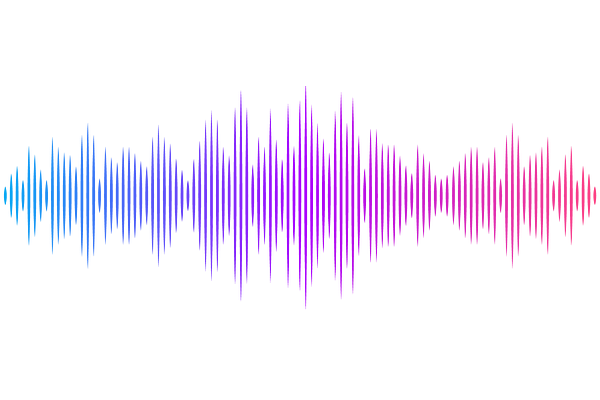Biochemical fractionation of human α-Synuclein in a Drosophila model of synucleinopathies

Biochemical fractionation of human α-Synuclein in a Drosophila model of synucleinopathies
Imomnazarov, K.; Lopez-Scarim, J.; Bagheri, I.; Joers, V.; Tansey, M. G.; Martin-Pena, A.
AbstractSynucleinopathies are a group of central nervous system pathologies that are characterized by neuronal accumulation of misfolded and aggregated -synuclein in proteinaceous depositions known as Lewy Bodies (LBs). The transition of -synuclein from its physiological to pathological form has been associated with several post-translational modifications such as phosphorylation and an increasing degree of insolubility, which also correlate with disease progression in post-mortem specimens from human patients. Neuronal expression of -synuclein in model organisms, including Drosophila melanogaster, has been a typical approach employed to study its physiological effects. Biochemical analysis of -synuclein solubility via high-speed ultracentrifugation with buffers of increasing detergent strength offers a potent method for identification of -synuclein biochemical properties and the associated pathology stage. Unfortunately, the development of a robust and reproducible method for evaluation of human -synuclein solubility isolated from Drosophila tissues has remained elusive. Here, we tested different detergents for their ability to solubilize human -synuclein carrying the pathological mutation A53T from brains of aged flies. We also assessed the effect of sonication on solubility of human -synuclein and optimized a protocol to discriminate relative amounts of soluble/insoluble human -synuclein from dopaminergic neurons of the Drosophila brain. Our data established that, using a 5% SDS buffer, the 3-step protocol distinguishes between cytosolic soluble proteins in fraction 1, detergent-soluble proteins in fraction 2 and insoluble proteins in fraction 3. This protocol shows that sonication breaks down -synuclein insoluble complexes from the fly brain, making them soluble in the SDS buffer and enriching fraction 2 of the protocol.